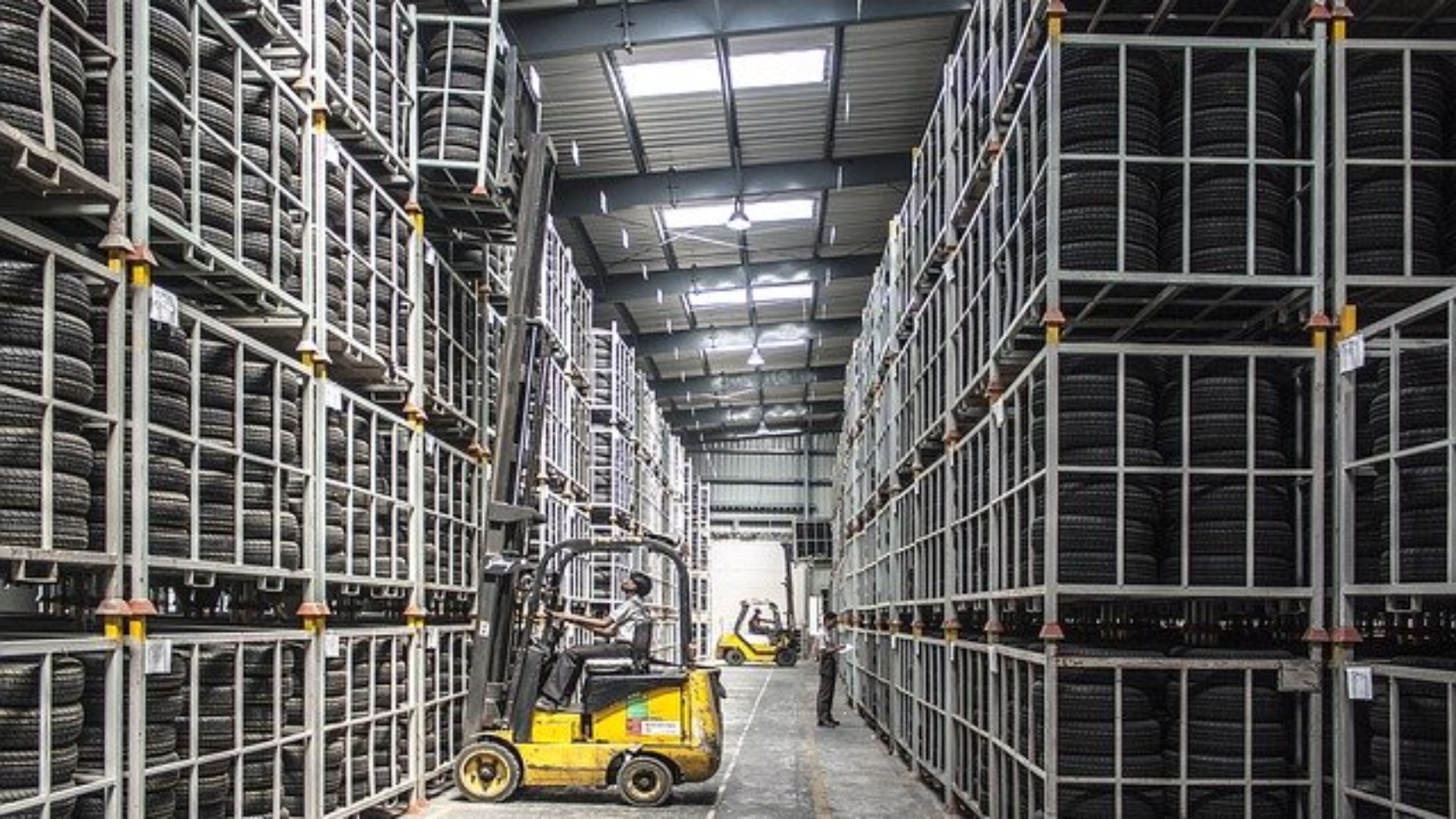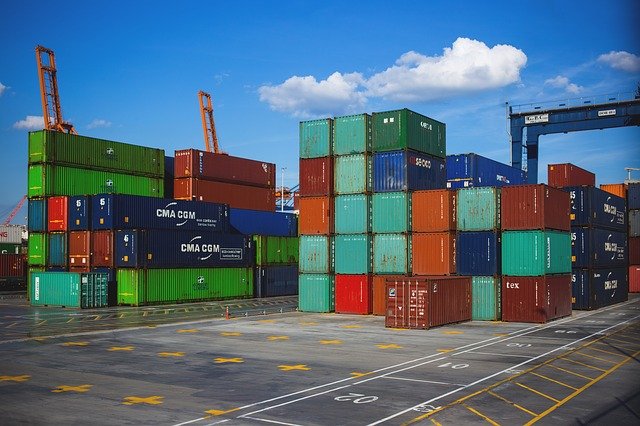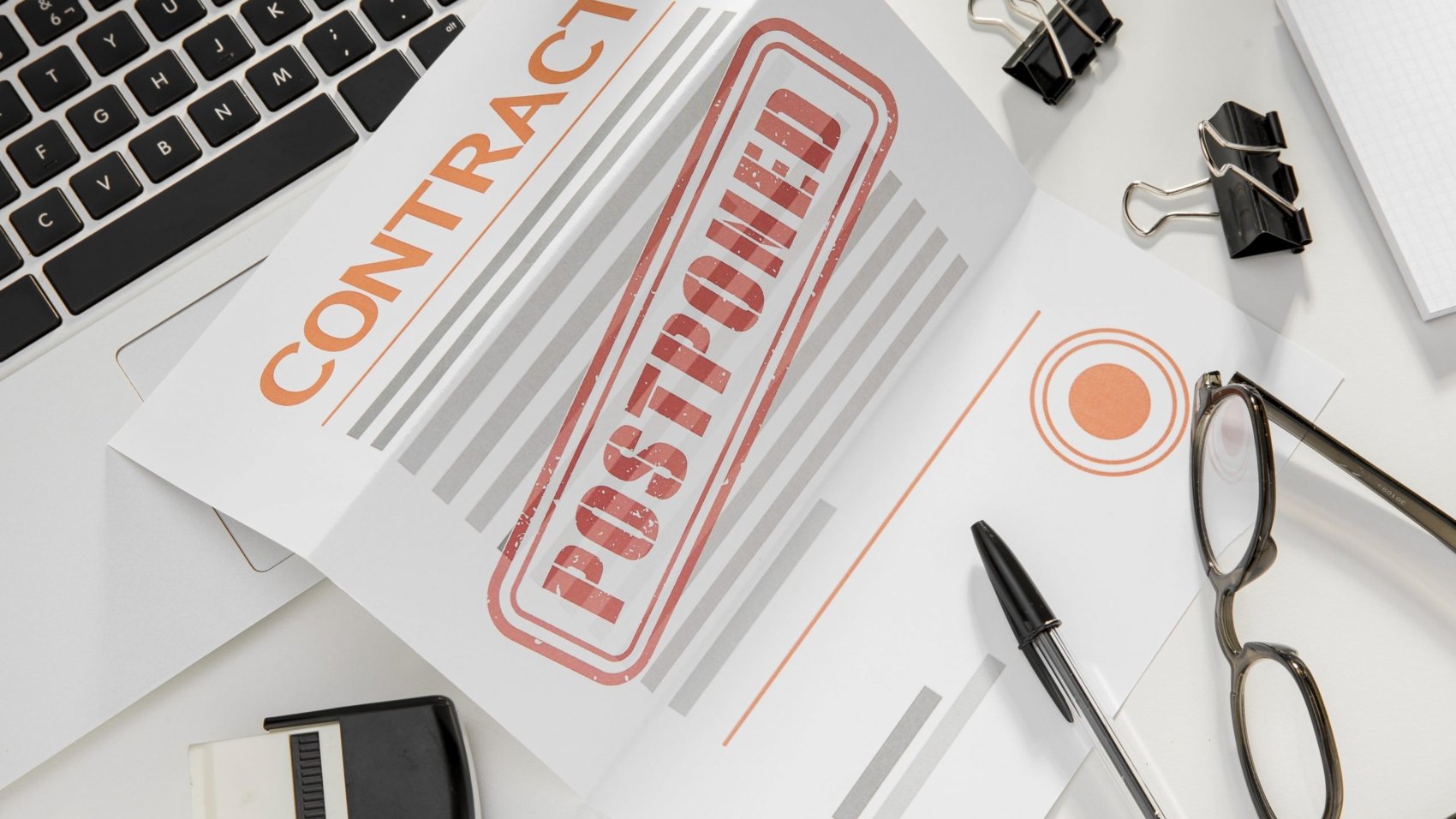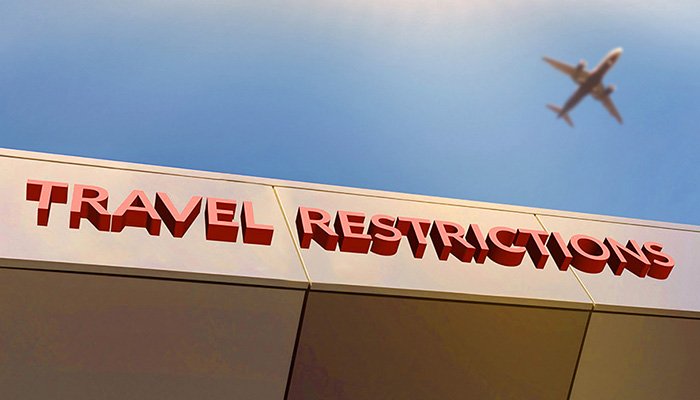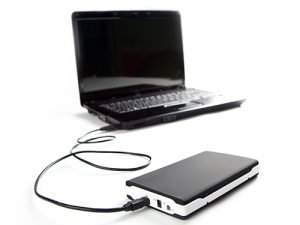Gadgets and technology are among the most popular products that people buy in this day and age. We are dependent on technology, and they are considered a necessity for many of our daily tasks. There are many electronic products available, and it can be challenging to identify which ones are genuine. This can be anything from mobile phones and watches to simple things like an electrical cable. This is especially the case with e-commerce that has become quite prevalent.
If you are interested in buying something but have doubts about its quality, you are not alone. It can be pretty distressing to purchase something and then realize that it’s not what you pay for. Such scams may make people distrust e-commerce websites, especially small retailers with not many reviews. Do not fret; we are here to help you. Here are some ways you can tell if products are original and genuine.
1. Seller Reputation
Before buying any product, you need to make sure that the seller you are buying from is reputable. Buying directly from the brand’s shop or website will assure you that the product is original, but these websites will not have sales that e-commerce or wholesale retailers will have. Of course, this does not mean that third-party vendors are not legit. There are many authorized and genuine sellers, and you can confirm their reputation by checking their profile. Look for any feedback and reviews that customers have left. Of course, if you still have doubts, you should ask them any specific questions that you may want to be answered. A reputable vendor will not shy away from answering your questions. A reputable vendor will also provide you with secure means of checkout, making it less difficult for them to scam you.
2. Product Packaging
The packaging in which you receive your product is another telltale sign about whether the product you buy is original or not. If a seller tells you that a product does not come with packaging, that is a sure sign the product is fake. This is because companies tend to invest heavily in packaging and add their logo and seals to it. However, just because the product comes with packaging, that still does not mean it’s genuine. Some scammers will go through a lot of effort to make sure the packing looks original, and for that, you will need to be a bit more focused. Look for any misspellings, smeared ink, or blurred graphics on the packaging as a sign that the product is fake.
3. Product Appearance
After you have checked the packaging, it is time to move on to the product itself. Even if it seems fine at first glance, still examine the product and its features. Are there any imperfections or embellishments on it? If the material your product is made of seems cheap and flimsy, then chances are it’s a fake that has been made with imitation material. Are the logos and components where they should be? Genuine products will usually have specific places where the logos on the product will be placed. Additionally, even if it seems perfect on the inside, check the inside of the product to make sure the specs and serial numbers are legitimate. Items that are made from real gold and silver will usually have hallmarks stamped onto them. Consider searching for telltale signs of the originality of a specific product online and looking for them on the product you buy. Usually, the manufacturer itself may have listed these telltale signs themselves to protect their customers.
The bottom line
Electronic products are among the most popular products you will find on the market, whether physical or online. This popularity allows scammers to sell counterfeit products to unsuspecting victims. Finding out the product you have bought can be pretty stressful and can result in distress for victims. However, there are many ways you can make sure the product you buy is genuine through the ways we have mentioned. We hope this has been helpful and protects you from counterfeit purchases in the future.




